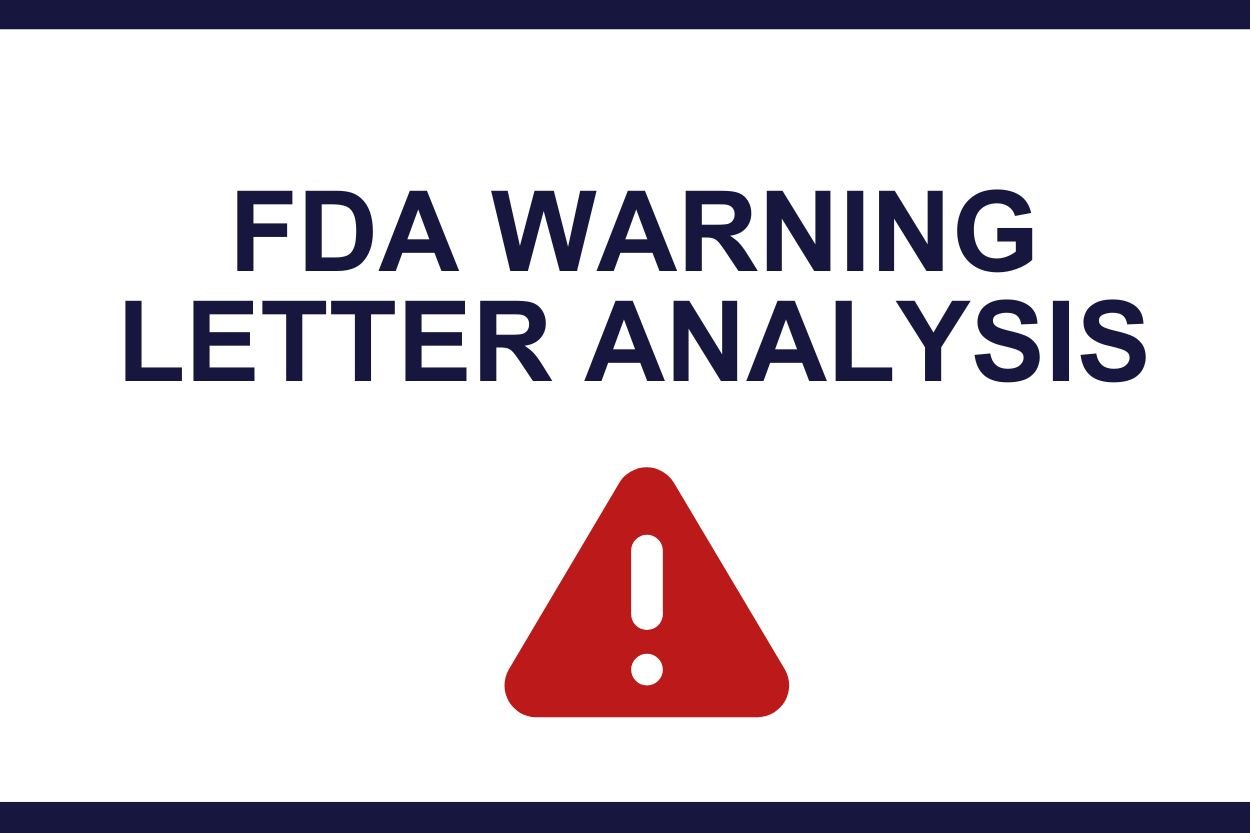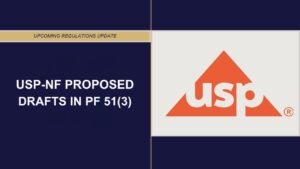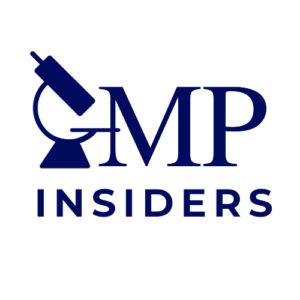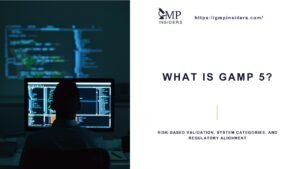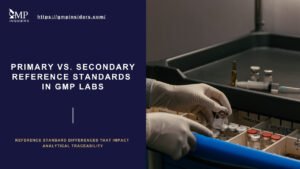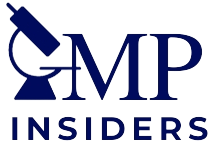The U.S. Food and Drug Administration (FDA) inspected Chem-Tech, Ltd.’s drug manufacturing facility in Pleasantville, IA, from September 17 to 20, 2024. The inspection revealed multiple significant violations of Current Good Manufacturing Practice (CGMP) regulations for finished pharmaceuticals, which led to the issuance of Warning Letter 320-25-44 on February 11, 2025.
The FDA determined that Chem-Tech’s drug products were adulterated under section 501(a)(2)(B) of the Federal Food, Drug, and Cosmetic Act (FD&C Act) due to non-compliance with CGMP requirements. The company’s response to the FDA Form 483 was deemed inadequate because it lacked supporting documentation and did not provide sufficient corrective actions to address systemic issues.
Key Non-Conformances Identified
Some of the key non-conformances cited in the warning letter include:
Non-Conformance 1: Failure to Investigate Out-of-Specification (OOS) Results
Regulatory Citation: 21 CFR 211.192
Findings:
- The company failed to thoroughly investigate OOS results for its (b)(4) drug product.
- Batch (b)(4) reported an OOS assay result of 0.423% (specification (b)(4)). The firm attributed the failure to a separation issue without supporting documentation or further scientific evaluation.
- Batch (b)(4) reported an OOS assay result of 0.246% (specification (b)(4)). The company assumed the failure was due to improper mixing but did not conduct a complete investigation. Instead, additional mixing was performed, and the batch was retested and released.
- The firm lacked proper mixing process validation and finished product hold-time studies to support decisions scientifically.
- Hold-time limits were arbitrarily extended without data support, with evidence showing that batch (b)(4) was held for up to 120 days before filling without additional testing.
RELATED: How to deal with OOS Investigations in GMP
Non-Conformance 2: Inadequate Cleaning and Maintenance of Equipment
Regulatory Citation: 21 CFR 211.67(a) and (b)
Findings:
- The mixing tank and filling lines were located in an unclean area, with visible dirt and a dead insect on the tank lid.
- The mixing tank contained pooled leftover drug product and orange-red discoloration, indicating poor cleaning practices.
- The company failed to conduct worst-case product cleaning validation, leading to risks of cross-contamination.
- There was no validated cleaning procedure, and no documented evidence proving that the existing cleaning method effectively removed residues.
- The potable water metering system was never calibrated, creating a risk of incorrect water measurements in drug production.
Non-Conformance 3: Deficient Quality Control Unit
Regulatory Citation: 21 CFR 211.22(d)
Findings:
- The quality control unit (QCU) lacked procedures for:
- GMP training
- Handling OOS results
- Managing deviations and complaints
- The deviation handling procedure lacked clear steps for investigations.
- The complaint-handling process was outsourced to the company’s customer but lacked details on how the complaints were received, tracked, or resolved.
- The QCU failed to ensure investigations were properly conducted, leading to repeat violations.
CAPA Plan Recommendations
According to the determined non-conformance, Root Cause Analysis and CAPA Plan should be conducted:
Non-Conformance 1: Failure to Investigate Out-of-Specification (OOS) Results
Regulatory Citation: 21 CFR 211.192
Root Cause Analysis (RCA)
- Lack of a structured OOS investigation process, leading to assumptions rather than data-driven conclusions.
- No documented scientific justification for process deviations.
- Inadequate oversight by the quality unit, allowing batches to be reworked and released without a thorough investigation.
Corrective and Preventive Actions (CAPA)
- Develop a robust OOS investigation procedure that requires detailed root cause analysis and scientific justification before making batch disposition decisions.
- Conduct process validation studies for mixing and establish appropriate hold-time limits supported by stability data.
- Implement training for quality personnel on OOS investigations and regulatory expectations.
- Executive management is required to oversee investigation reports before approving product release.
Non-Conformance 2: Inadequate Cleaning and Maintenance of Equipment
- Regulatory Citation: 21 CFR 211.67(a) and (b)
Root Cause Analysis (RCA)
- Cleaning validation did not include worst-case scenarios (e.g., hardest-to-clean product).
- No scientific evaluation of residue removal effectiveness, leading to potential cross-contamination risks.
- Failure to establish a preventive maintenance program causes equipment degradation over time.
Corrective and Preventive Actions (CAPA)
- Perform comprehensive cleaning validation studies, including worst-case product scenarios.
- Establish validated cleaning procedures with defined parameters for detergent concentration, rinse volumes, and visual inspections.
- Implement a preventive maintenance program for equipment, including regular calibration of meters and sensors.
- Conduct facility-wide deep cleaning and routine environmental monitoring.
- Train staff on sanitation procedures and contamination prevention measures.
SEE ALSO: Contamination vs Cross-Contamination vs Mix-Ups
Non-Conformance 3: Deficient Quality Control Unit
- Regulatory Citation: 21 CFR 211.22(d)
Root Cause Analysis (RCA)
- Absence of structured quality system procedures led to inconsistent practices.
- Reliance on external partners for complaint handling without oversight.
- Lack of training for QCU personnel on deviation handling and risk management.
Corrective and Preventive Actions (CAPA)
- Develop and implement clear SOPs for deviation, complaint, and OOS handling.
- Establish a centralized complaint tracking system that ensures timely review and investigation.
- Conduct GMP training for all employees, with a focus on QCU personnel.
- Strengthen internal auditing and review processes to identify compliance gaps before regulatory inspections.
Timeline for Implementation
Immediate Actions (0-3 Months)
- Develop formal OOS and deviation investigation procedures.
- Initiate a deep cleaning of the facility and validate cleaning effectiveness.
- Implement preventive maintenance scheduling for all critical equipment.
Short-Term Actions (3-6 Months)
- Complete process validation for mixing and hold-time limits.
- Perform training sessions for QCU personnel on investigation procedures.
- Establish a tracking system for complaints and investigations.
Long-Term Actions (6-12 Months)
- Regular internal audits and mock inspections should be conducted to assess CGMP compliance.
- Hire a third-party CGMP consultant to perform a full-system audit.
- Implement an electronic documentation system for tracking quality investigations and CAPA.
Conclusion
Chem-Tech, Ltd. has been cited for critical CGMP violations in FDA’s Warning Letter, including inadequate OOS investigations, unvalidated cleaning procedures, and deficiencies in its quality unit. The FDA has emphasized that failure to address these issues promptly could result in regulatory enforcement actions such as product seizure, injunction, and market restriction.
The company has ceased production of the affected drug but must implement a comprehensive CAPA plan before resuming operations. Engaging a qualified CGMP consultant is strongly recommended to ensure compliance and prevent future regulatory risks.

